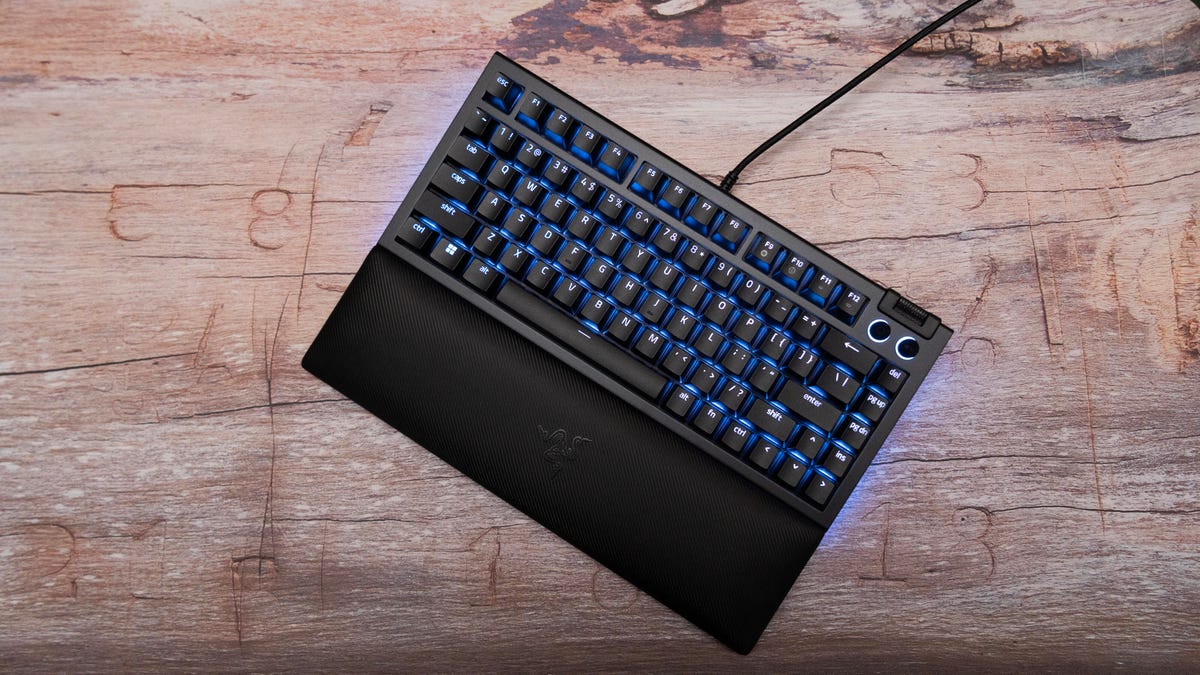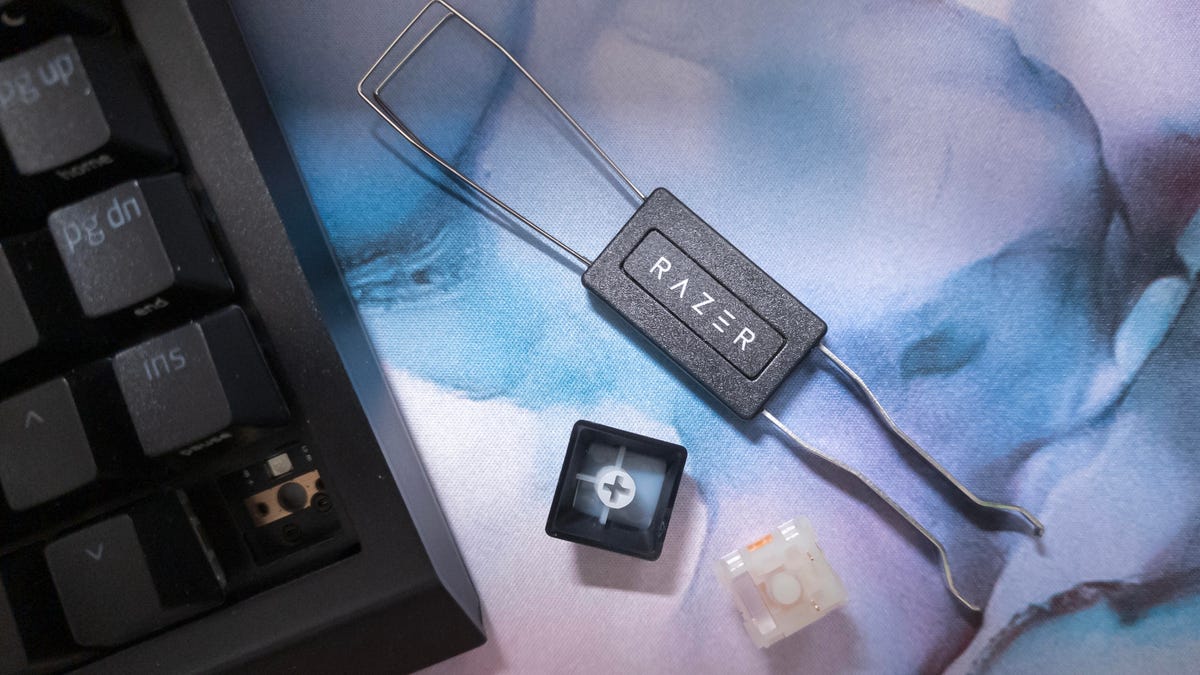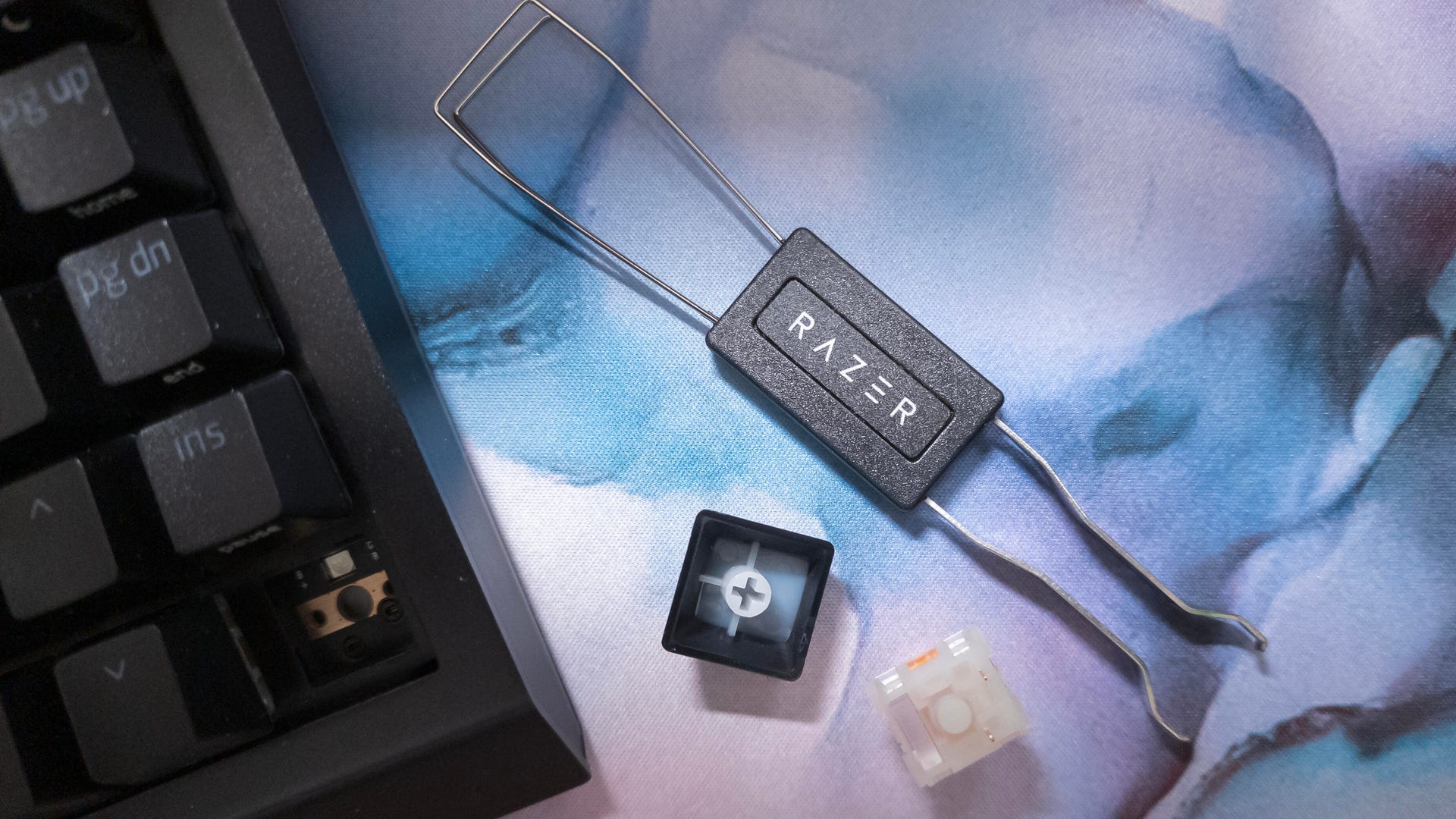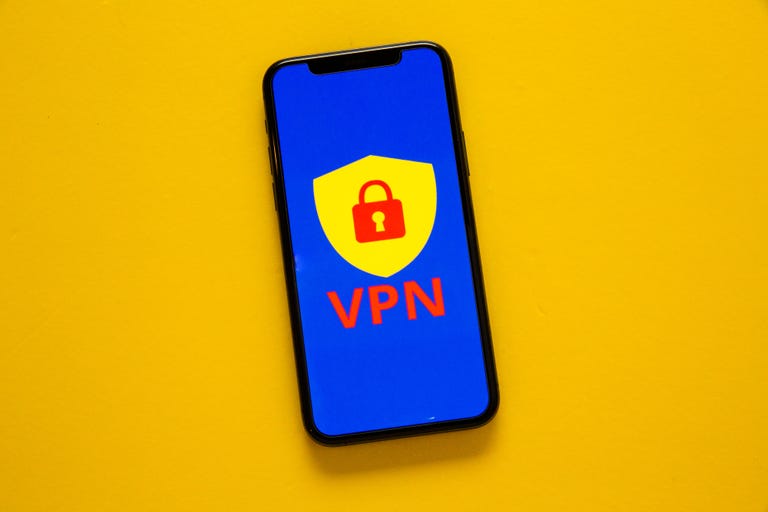A virtual private network, commonly referred to as a VPN, is a great privacy tool that can help protect your information online. It can encrypt your data and hide your IP address from others.
However, your school or workplace might block VPN use as a way to ensure you stay off certain websites, according to cybersecurity company Fortinet. Some regions may also block VPN usage among citizens for similar reasons. But VPN obfuscation may help you hide that you’re using a VPN, letting you bypass these restrictions.
Here’s what you need to know about VPN obfuscation.
What is VPN obfuscation and how does it work?
Simply stated, VPN obfuscation hides your VPN usage through a little deceit that the Norse trickster god Loki would be proud of.
When you’re browsing the internet, your computer is transmitting information to the server you’re connecting to, and this information is sent in “packets.” Packets contain identifying information, and if you’re using some VPNs the packet will include that information as well.
But according to the cybersecurity company TorGuard, VPN obfuscation ensures your packet hides the information that you’re using a VPN. Instead, your traffic is registered as regular, non-VPN traffic.
Read more: How to pick the right VPN for you
What are the benefits of VPN obfuscation?
According to NordVPN, VPN obfuscation can help you sidestep VPN blockers, thus protecting and preserving your privacy. Some internet service providers, websites and regions employ VPN blockers to enforce VPN bans. Obfuscation might help you get around these blocks and make your traffic appear “non-suspicious.”
VPN obfuscation might also give you more protection online. Anyone dealing with sensitive information, like journalists and political activists, might depend on a safe and secure internet connection for their work. VPN obfuscation can help protect you by giving you an extra layer of security.
What are the drawbacks of VPN obfuscation?
Because VPN obfuscation employs an additional layer of protection, it will also slow your internet speeds.
According to tests run by VPN Central, VPN obfuscation can cause internet speeds to drop by from 11% to 44%, depending on where you live. However, it only tested obfuscated NordVPN servers in the US, UK and Germany. So while VPN obfuscation will likely slow your internet speeds, the details of how much will vary.
Will VPN obfuscation let me unblock streaming services?
Not necessarily.
Most streaming services block VPN IP addresses by checking them against IP blacklists — directories of known VPN IP addresses. That means if you use VPN obfuscation and your IP address is one known to be connected to a VPN, you could be punished by the service.
Even if a certain IP address isn’t on an IP blacklist, the service could see a number of connections to that particular address, guess that it’s connected to a VPN and punish you for that, too.
Neither of these methods are based on detecting VPN traffic, so VPN obfuscation won’t help protect you. However, if a service uses some other methods, like deep packet inspection, VPN obfuscation could help protect you.
Which VPN services offer obfuscation?
Many of the best VPN services, like ExpressVPN, NordVPN and Surfshark, offer obfuscated servers. However, some services call obfuscated servers “stealth mode,” so be on the lookout for either phrase when comparing services.
Is VPN obfuscation illegal?
VPN obfuscation isn’t illegal — unless using a VPN is illegal in your country — but it could lead to other ramifications.
Using a VPN could violate a site or service’s user agreement, and you could face punishment for doing so, like account termination or suspension. You could also face legal trouble if you use a VPN to access content that is illegal in your area.
We advise reading through a site or service’s user agreement before using a VPN. It’s also important to remember that illegal activity is still illegal, even if you’re masking your location with a VPN.
For more, check out the best VPNs of 2023 and what to know about geo-blocking and split-tunneling.





